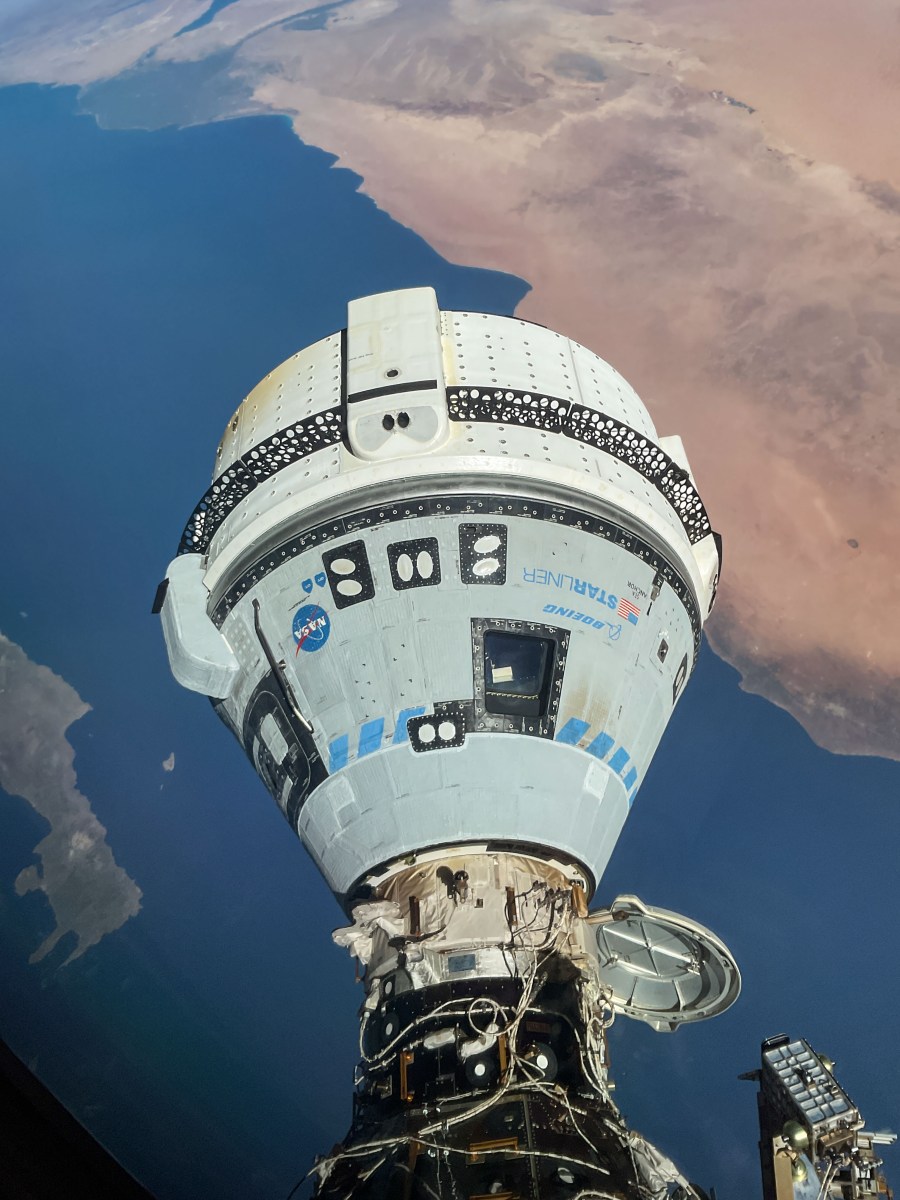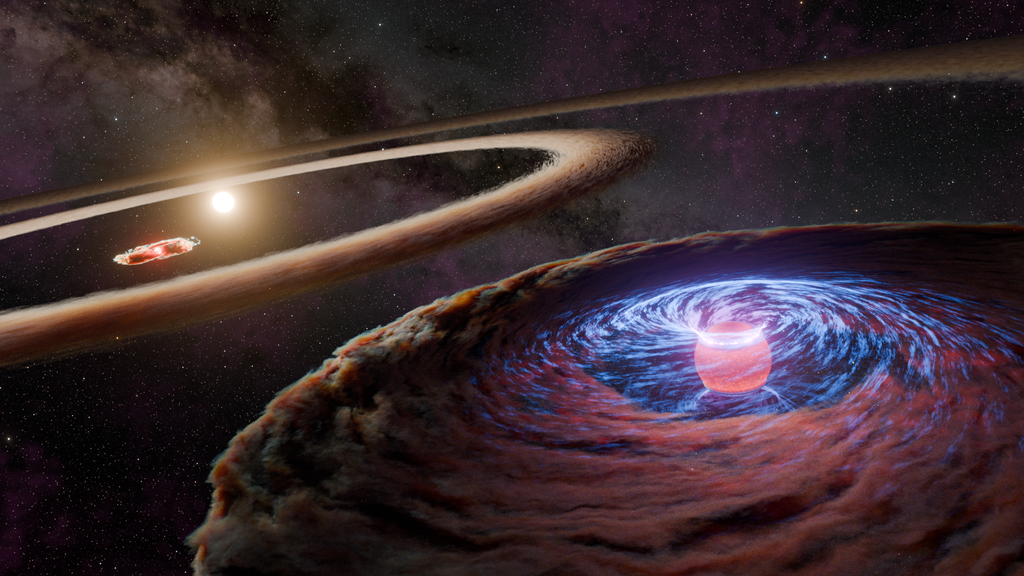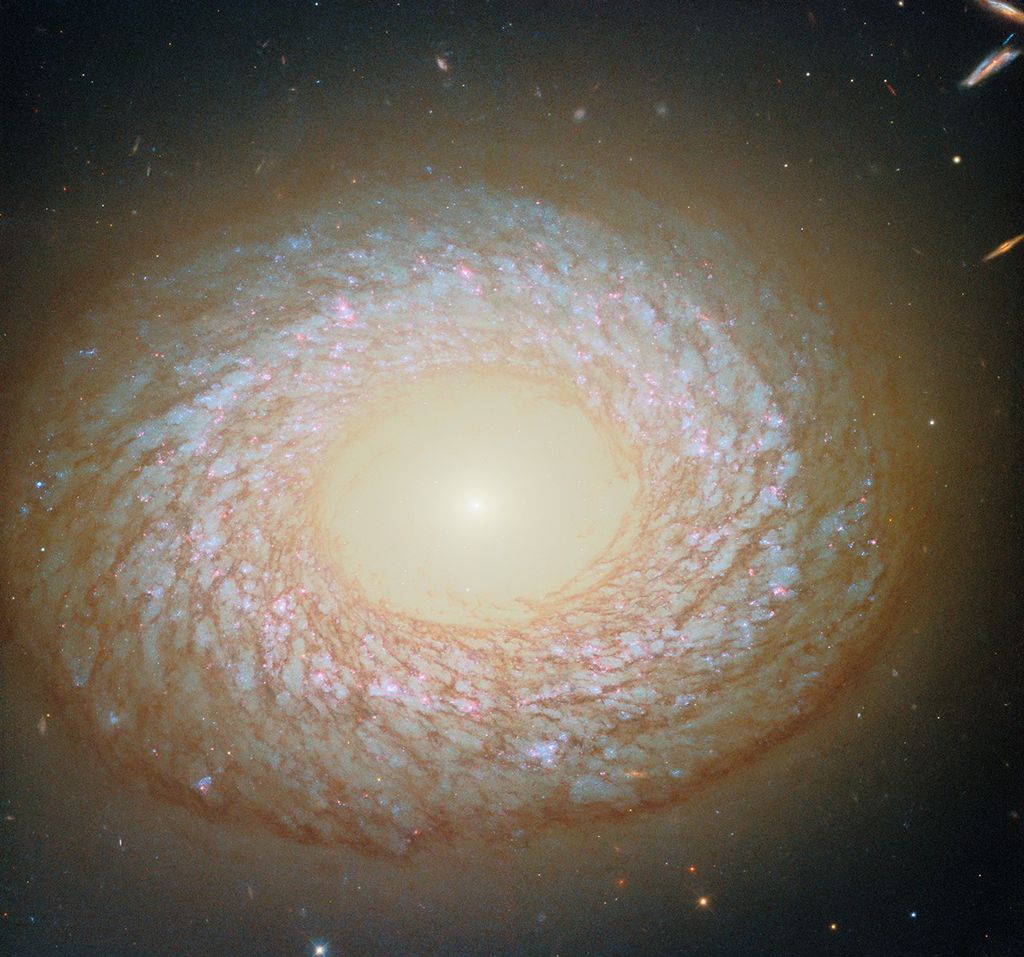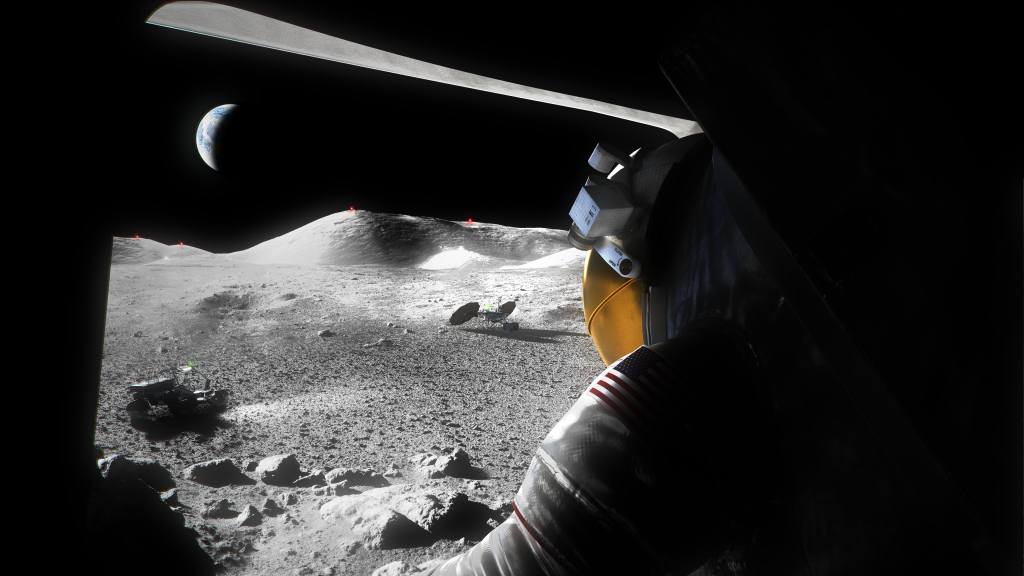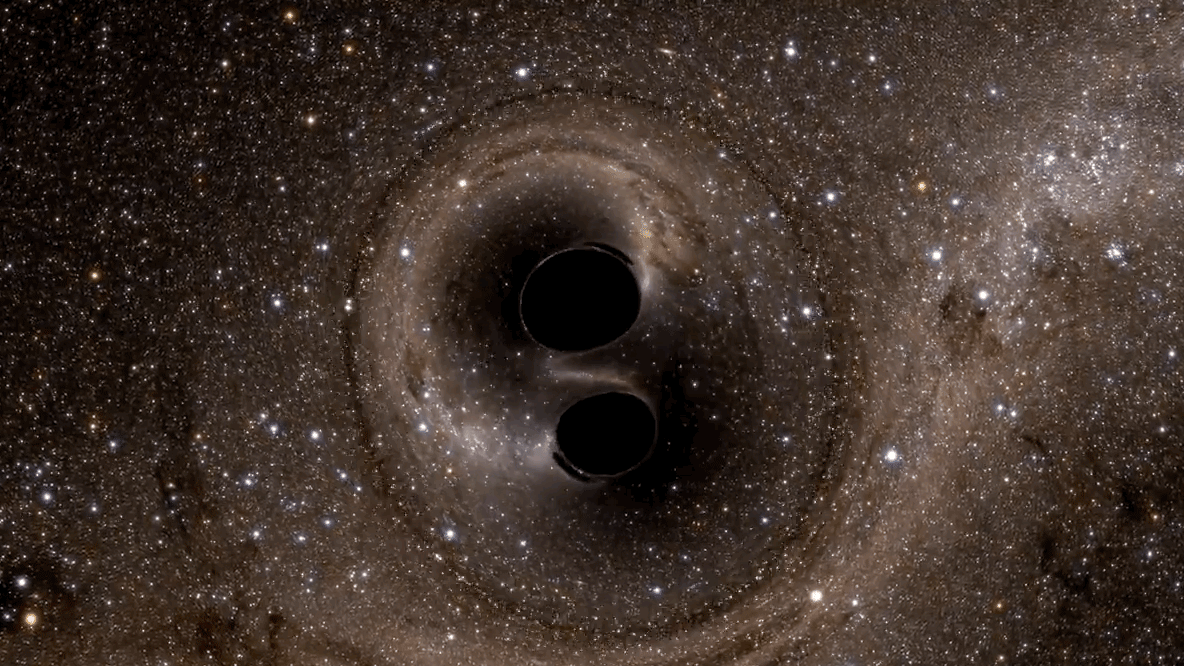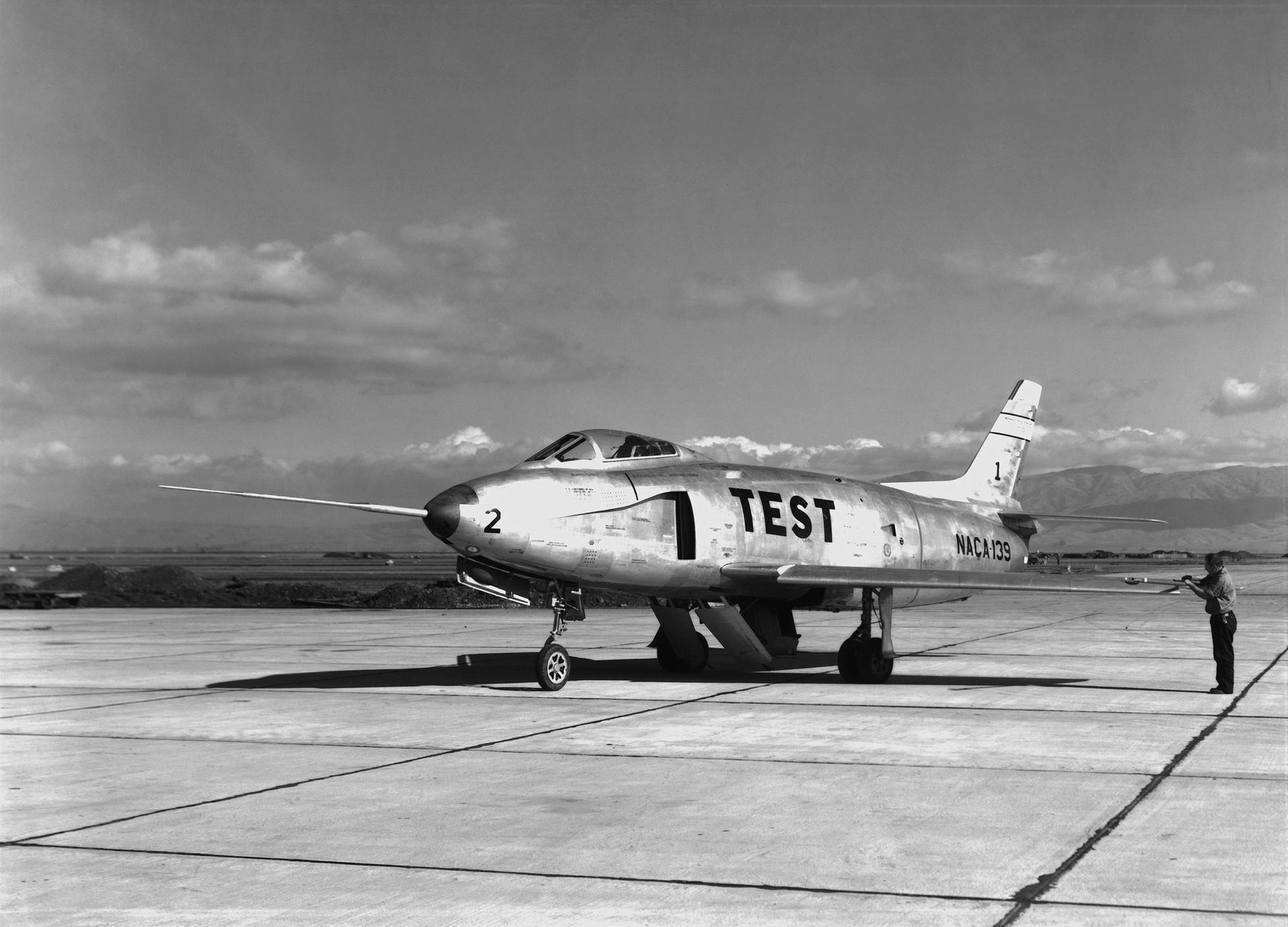Leadership from NASA and Boeing will participate in a media teleconference at 11:30 a.m. EDT Thursday, July 25, to provide the latest status of the agency’s Boeing Crew Flight Test mission aboard the International Space Station. Audio of the media teleconference will stream live on the agency’s website. Participants include: Steve Stich, manager, NASA’s Commercial …
NASA, Boeing to Discuss Crew Flight Test Mission, Ground Testing
